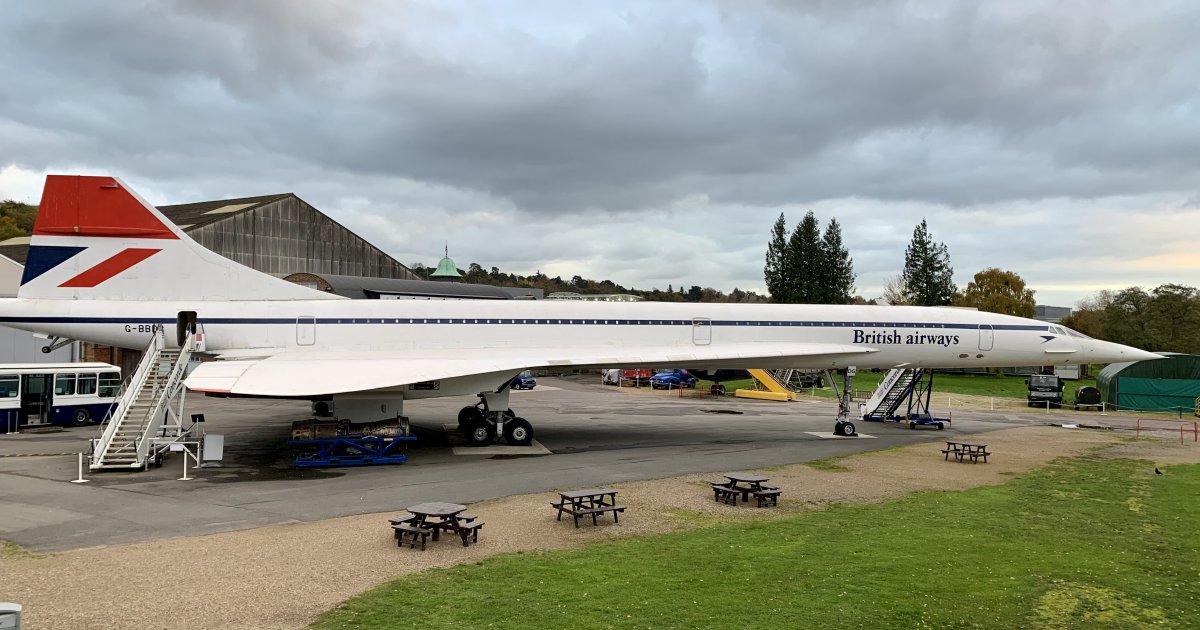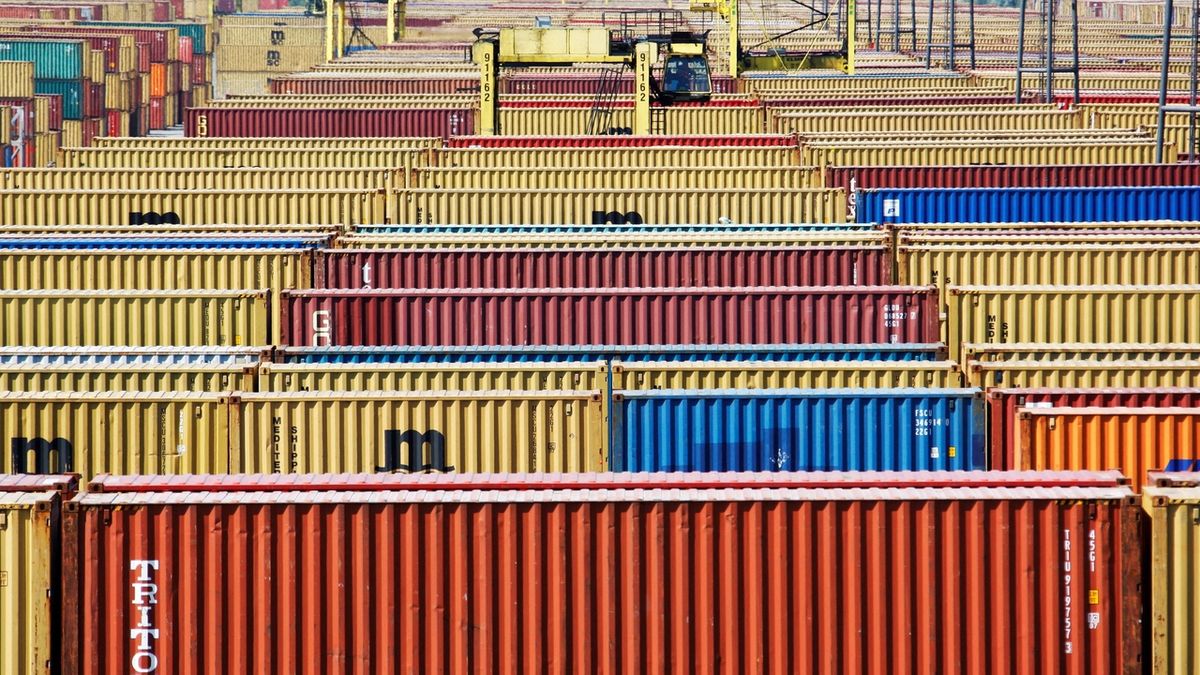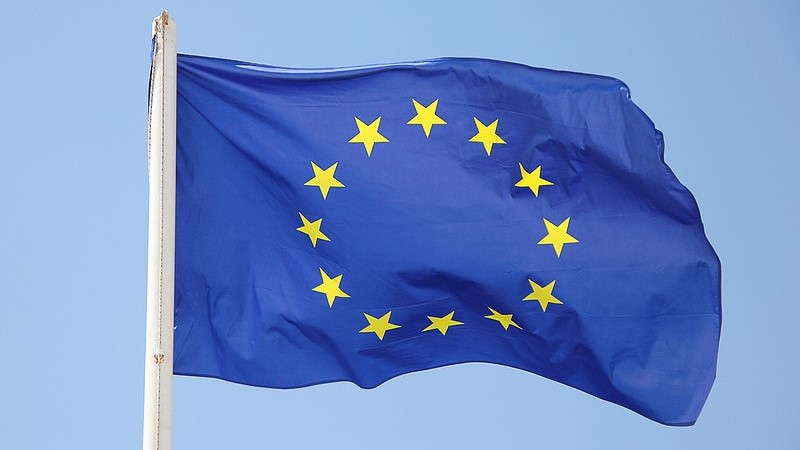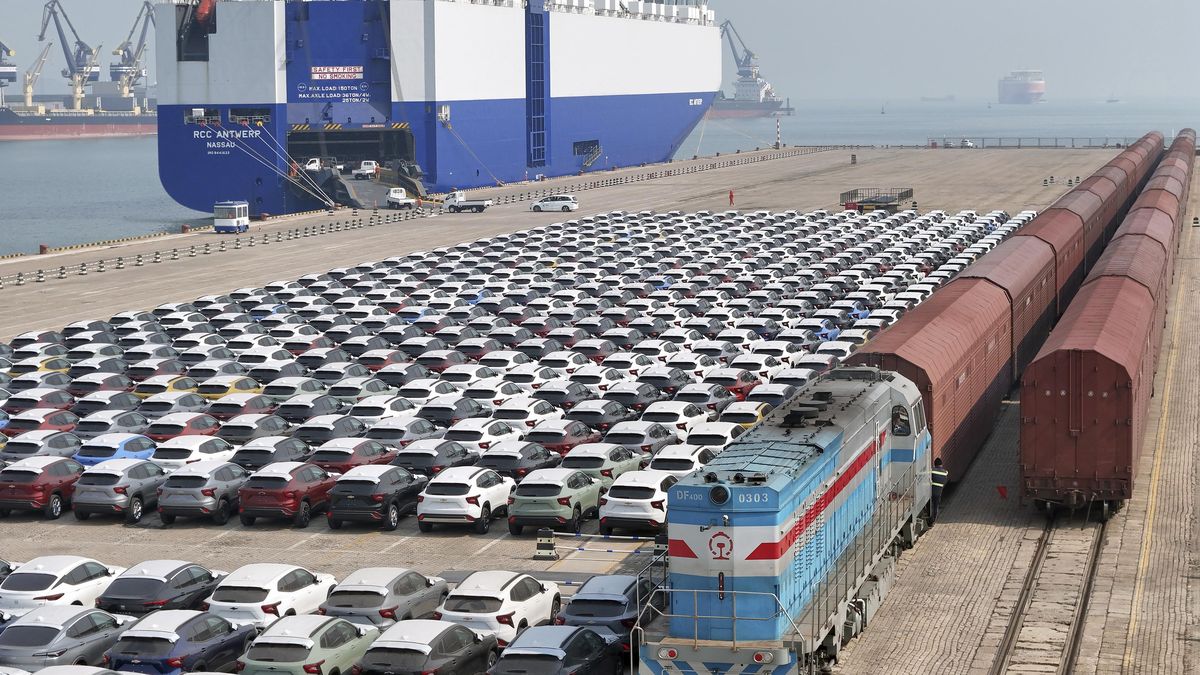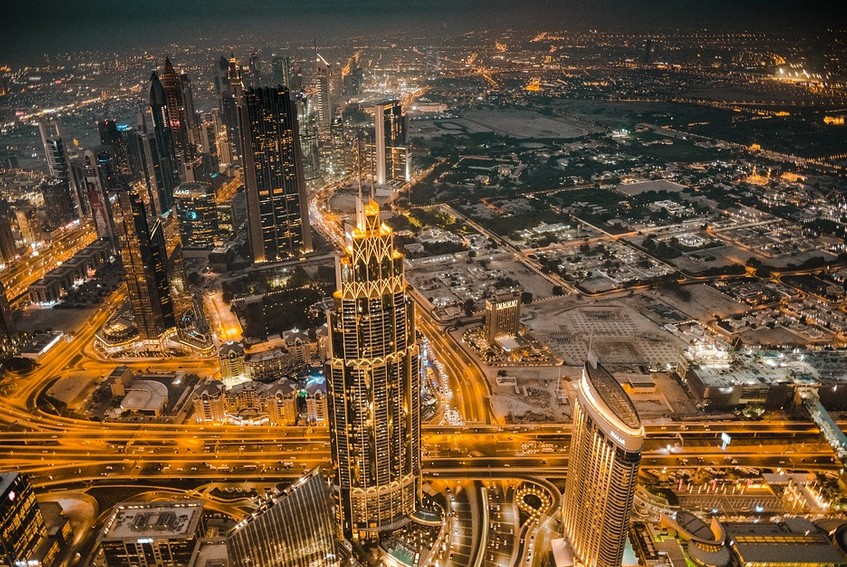For nearly a third of the last century, supersonic air transportation has been a reality, but twenty years ago that ended. Even today, the return of supersonic aircraft is still in sight.
English with French
The history of the iconic Concorde supersonic engine began to be written at the turn of the 1950s and 1960s. In 1959, the British Supersonic Transport Commission recommended the development of a supersonic transport aircraft and estimated that by 1970 world demand for these machines would reach up to 500 units.
At the end of 1962, a contract was signed for cooperation in the development of supersonic transport aircraft between Great Britain and France. Development continued rapidly, and the first prototypes left the factory in Toulouse, France, in December 1967, and in March 1969, the Concorde took off for the first time. However, it was not actively used until seven years later. In January 1976, British Airways began flying them in Bahrain, which at the time was considered the financial center of the Middle East.
Air France, in turn, launched a route to Rio De Janeiro, Brazil via Dakar Senegal. Permission to land in the United States came only months later, and in May the Concorde connected London with the American capital, Washington. It wasn’t until the end of the following year that Concordes from London and Paris started flying to New York’s JFK airport. This line became the main route for the Concorde for the next 26 years.
Travel to Rio resumed and British Airways added flights to Barbados, and sometimes the planes are used for promotional purposes on other regular or charter routes. Concrode also appeared at Prague airport five times, always an engine in the colors of British airlines. For the first time in 1986 during the 50th anniversary of the Prague-London line and the last time in April 2000.
Oil shock
The Soviet Union did not want to be shy and at the Tupolev factory developed its own supersonic aircraft under the designation Tu-144, nicknamed in the West. Concordian. Development of the Soviet version of the Concorde was permitted despite the fact that no population group in the Soviet Union could afford the ticket prices to cover the costs of operating and maintaining such an aircraft. This engine did not go down well in history. One crashed at the Paris Air Show in 1973, and another during a training flight of the new Tu-144D model in 1977. The remaining aircraft were grounded and the program ended after only 55 regular flights.
Initially, other airlines also ordered Soviet supersonic engines. For example, PanAm, Lufthansa, Air India, Singapore Airlines, and Qantas, but with the coming of the oil shock of the 1970s, they withdrew from that commitment. This left no choice but for Air France and British Airways to continue operating.
Concorde made it across the Atlantic in about three hours. The record that is still valid was set in February 1996, when the plane took 2 hours 53 minutes to JFK – London. Even today, this route takes six to seven hours on standard aircraft. Thanks to the five hour time difference between London and New York, the three hour journey means passengers arrive two hours “earlier” than their departure time. Because of the noise, especially so-called sonic boom, which occurs when the speed of sound is exceeded, aircraft can only fly at maximum speed over the ocean. For example, traveling from Paris to Dakar takes place at subsonic speed, and flying supersonic over the Atlantic on the way from Dakar to Rio.
Crash, back and end
The fate of the Concorde was sealed on July 25, 2000. Flight AF4590 on the Paris-New York route was hit on the runway by a piece of metal that fell from a Continental Airlines DC-10 plane taking off in front of it. The metal penetrated the tire and a piece damaged the wing with the fuel tank. The broken cable ignited leaking fuel, but the start of the plane could not be stopped, the Concord was too fast. However, the fire was also moving too fast to make an emergency landing. Shortly after takeoff, the plane crashed into a hotel in the city of Gonesse near Paris. The 109 people on board and four others in the hotel were killed. The Concordes were later retired.
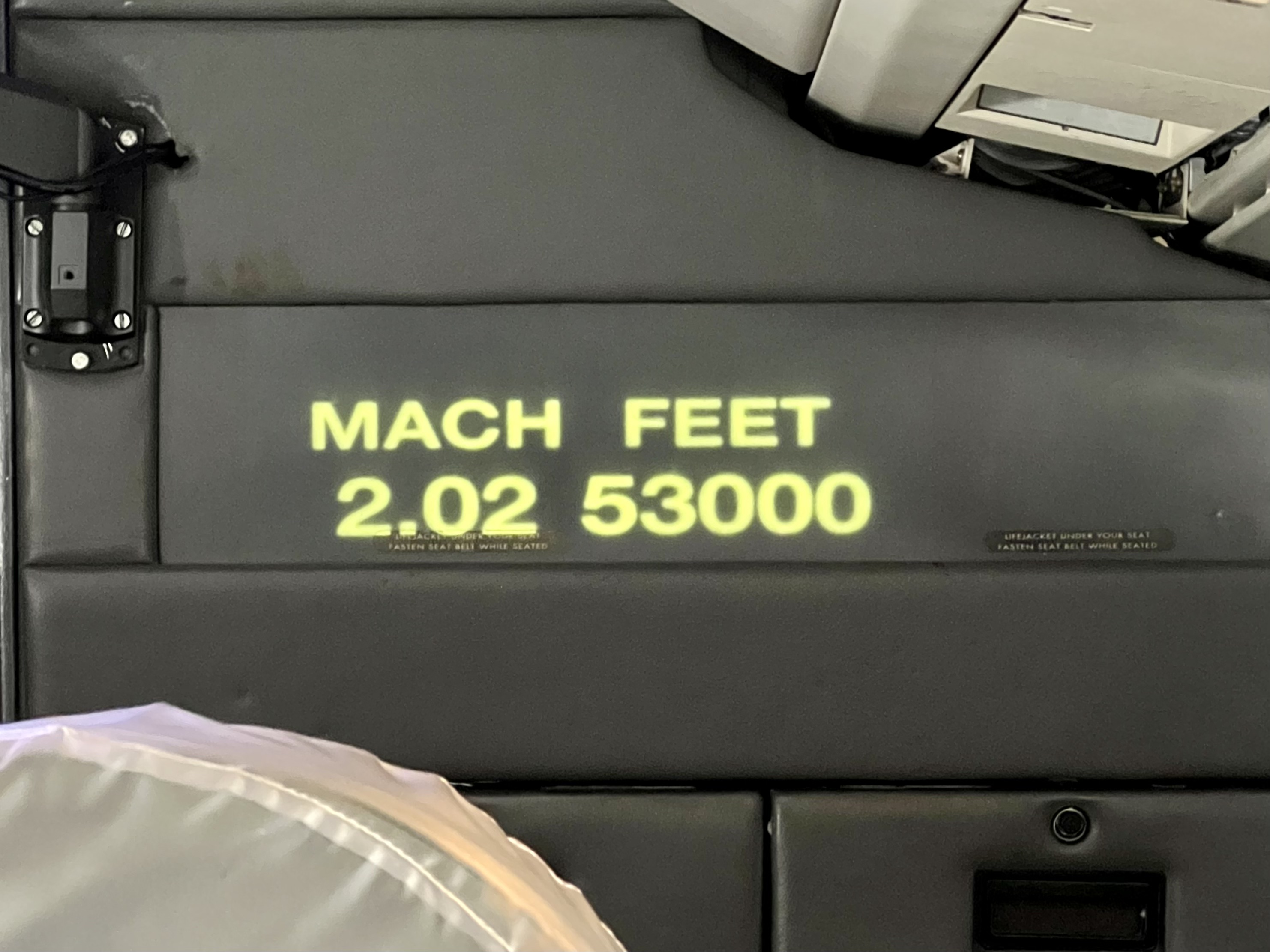
The accident exposed the vulnerability of the Kevlar-reinforced fuel tanks. During closing, there were also modifications to the passenger compartment. After modifications, operations will resume in November 2001, which is one of the worst times in the history of air transport. After the attacks on the World Trade Center on September 11, demand for airfare dropped to a minimum. At the same time, the costs of operating and maintaining supersonic aircraft are steadily increasing.
On April 10, 2003, British and French airlines announced the discontinuation of supersonic aircraft. Air France no longer flew them at that time. Condor’s last commercial flight was the BA2 JFK-London route on 24 October the same year.
Only two Concorde engines are “unsuccessful” today. As well as being registered as F-BTSC, the plane that crashed near Paris is also an F-BVFD. It landed too hard at Dakar Senegal, subsequent repairs increased its weight and the aircraft received a number of limitations. It last flew in 1982 and was canceled 12 years later.
Since the end of the Concorde, several attempts to revive supersonic passenger transport have failed. Currently, the highest hopes are placed on the Overture aircraft from Boom. The company currently has more than 100 pre-orders for the plane, which should be slightly slower than the Concorde with a maximum speed of Mach 1.7.
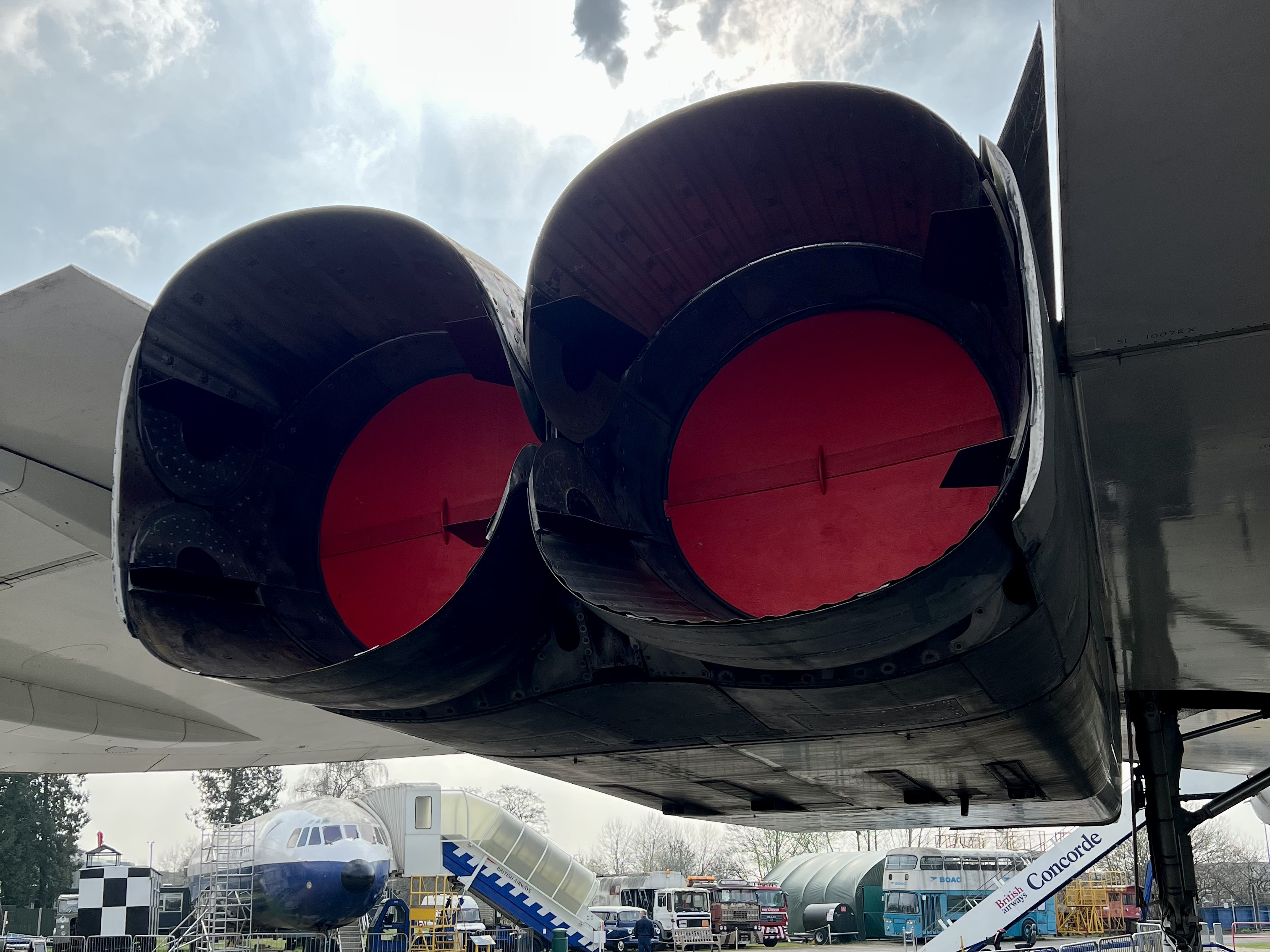

“Tv nerd. Passionate food specialist. Travel practitioner. Web guru. Hardcore zombieaholic. Unapologetic music fanatic.”

